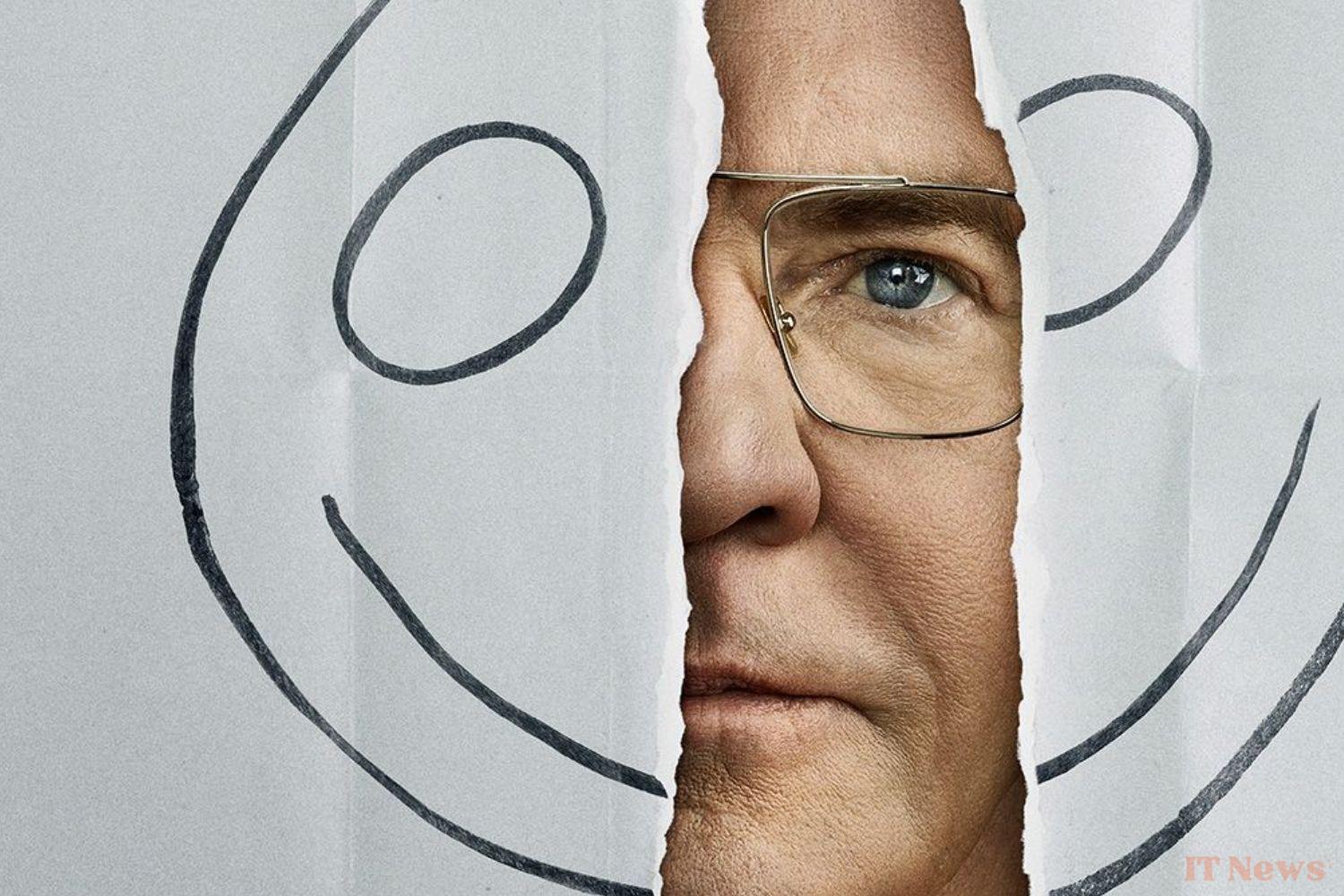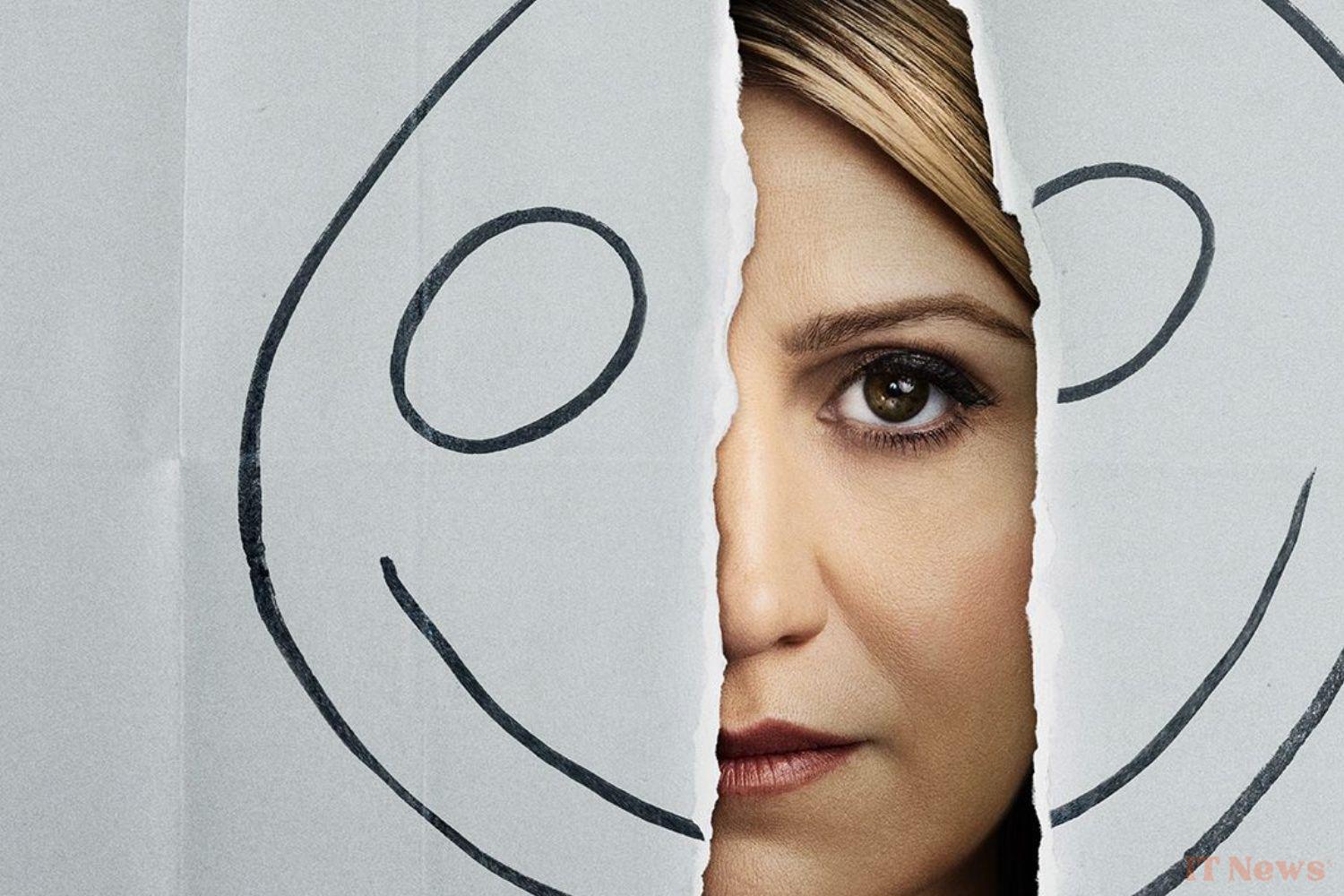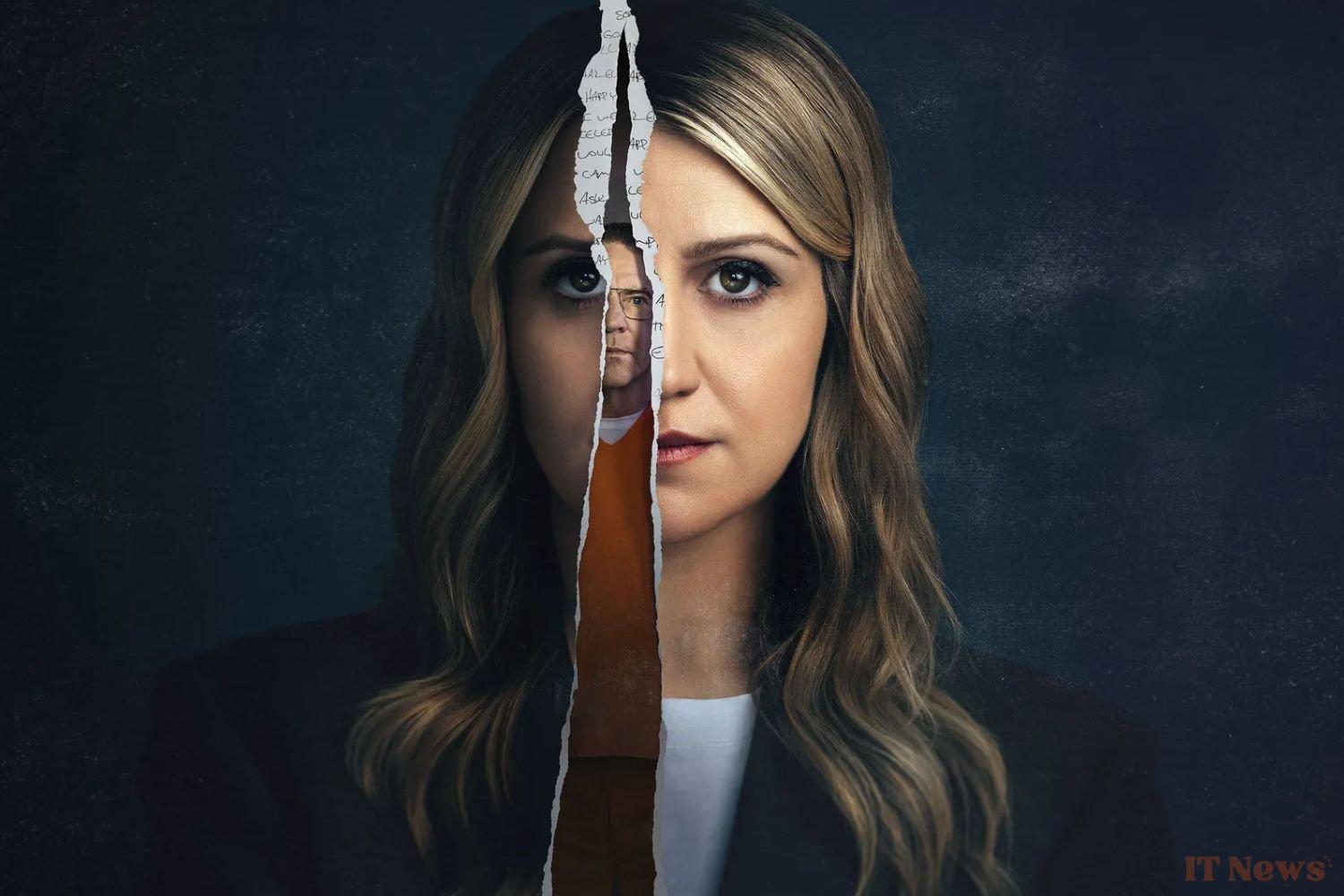The public's affection for True Crime is well-established. Whether in the pages of Detective magazine, in the words of Christopher Hondelatte on the set of Bring in the Accused, or through multiple works like Mindhunter, The Serpent, or the Netflix anthology Monsters with Dahmer and the Menendez brothers, we are fascinated by these true crime stories. With Happy Face, Paramount+ is putting a coin in the machine, while still trying to change our perception of the thing.
The show is based on the podcast of the same name, hosted by Melissa Moore, the daughter of Keith Hunter Jesperson, a serial killer who claimed several victims in the 90s, including eight official victims. He was nicknamed Happy Face because of the smiley faces he left in the letters he sent to the media. The Paramount+ production tells Melissa's story, drawing inspiration from both her podcast and her book, with a focus on how one manages to rebuild one's life as a "daughter of" rather than on her murderous father.
What is Happy Face about?
Melissa Moore (Annaleigh Ashford) is about to celebrate her daughter Hazel's fifteenth birthday. Among her gifts, Hazel receives a letter with a strange drawing, which Melissa immediately recognizes. The sender is none other than her father, with whom she has completely cut ties since he was imprisoned for life for the murder of eight people. Now married and a mother of two, Melissa has changed her name and is a makeup artist on a show, The Dr. Greg Show, which offers advice on how to feel better every day. She has left the past behind her and only her husband knows about her ancestry.
Except that Keith Hunter Jesperson (Dennis Quaid), nicknamed Happy Face by the press, has not forgotten his daughter. He manages to get in touch with her again through Dr. Greg. He announces that he wants to confess a ninth victim, but only in front of Melissa. Forced to confess her past to her employer, she goes to prison alongside the show's producer to be confronted once again with the man responsible for her trauma.
An Original Take on True Crime
Unlike many of the True Crime examples cited above, Happy Face stands out from the competition by playing the victim-centered card. The vast majority of productions tend to have a certain fascination, even admiration, for the true stories of serial killers by placing them at the center of the narrative, thus creating a sort of unhealthy bond between the audience and real murderers. This is a habit that the Paramount+ show reverses by refocusing its narrative almost exclusively on Melissa. Jesperson does appear on screen, but it's her daughter who drives the plot.
The challenge is not to focus on the act, but on the trauma it caused. How can one rebuild oneself when one has lived so close to the killer and the truth of the abomination constantly struggles with the memory of the loving father? Worse, what if the darkness of man were hereditary? Happy Face also looks at the other victims, collateral victims, those who have lost a mother, a brother... In a way, the series reminds us of Adolescence on Netflix (a favorite of the year).
Annaleigh Ashford and Dennis Quaid replay The Silence of the Lambs
More accustomed to supporting roles and Broadway shows, Annaleigh Ashford proves she can pull off a leading role of this depth. As for Dennis Quaid, he plays the balancing act between the false figure of the concerned father and a sort of Joker whose smile hides deception and malice. It's when the two reunite that the series reveals its best scenes and allows its subject matter to really make an impression.
Moments when we question what we know and how our memory can manipulate our recollections, between what we thought we knew, and what we wanted to convince ourselves of despite the clues. Where did the father end and the killer begin? As for Jesperson, he is this mixture of pathos, obsession, and control, confusing affection and manipulation.
A fiction too long to remain Happy
Despite good intentions, it is difficult for Happy Face to last the distance. The fault lies with a script that absolutely wants to be more ambitious than it should be by navigating between reality and fiction. Beyond its existential questions, Melissa finds herself leading the investigation to finally prevent a man from being sentenced to death for a murder committed by his father. A completely invented part of the story that allows the show to add several layers of intrigue and twists.
Unfortunately, this same part is far from captivating with its plot devices seen over and over again and which unnecessarily lengthens the series too much. Happy Face could have been a solid film, but the story was cut into eight episodes of almost an hour each. This has the effect of multiplying unnecessary sequences, such as a teenage subplot around Hazel. Justifying its length too artificially, it becomes difficult to get to the end of the series, which even allows itself the luxury of baiting us with a season 2. Happy Face is a True Crime that had everything to gain from staying true, but which succumbed to the sirens of fake crime. Therefore, it should be reserved for die-hard fans of the genre who are missing their weekly dose.





0 Comments